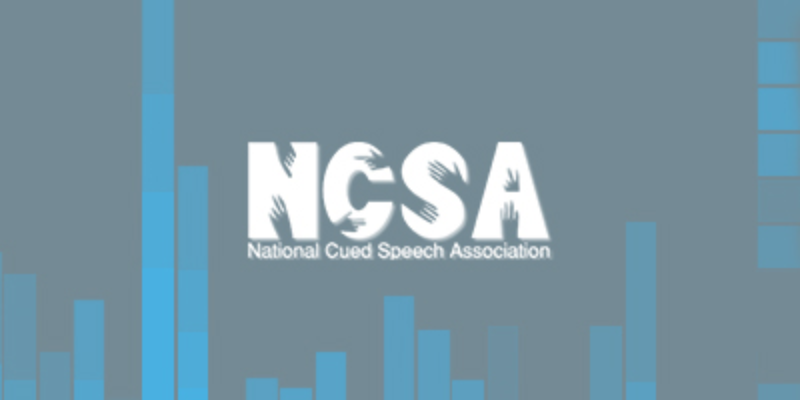By Anne Marie Dziekonski
Carla Davidson is a speech-language pathologist at Longridge Elementary School in Greece, NY (near Rochester). She uses Cued Speech on a daily basis while providing therapy to with children who are not deaf or hard-of-hearing. Carla learned to cue eight years ago and has not stopped since! She became fluent in Cued Speech while working with deaf students in private practice.
Carla uses Cued Speech in a variety of therapy sessions. She has a practical application of cueing for almost every student she works with. Carla frequently uses Cued Speech when working with children with articulation problems. She believes Cued Speech highlights children’s speech distortions and substitutions and helps them discriminate between sounds. Additionally, cueing allows Carla to show her students how sounds are blended and sequenced together to make words.
Carla finds that children can follow directions better when they are cued. For children who stutter, cueing provides information about normal rate and stress patterns, gives a visual representation of types of dysfluencies, and helps develop appropriate eye contact.
Carla has given presentations to her colleagues about Cued Speech and its applications. She is pleased with the results Cued Speech has had in her therapy and will continue to use Cued Speech in the future.
Anne Marie wrote this article as a graduate student in the Nazareth College Speech-Language Pathology specialty training program in deafness. Reprinted from On Cue 2003, issue 2.




